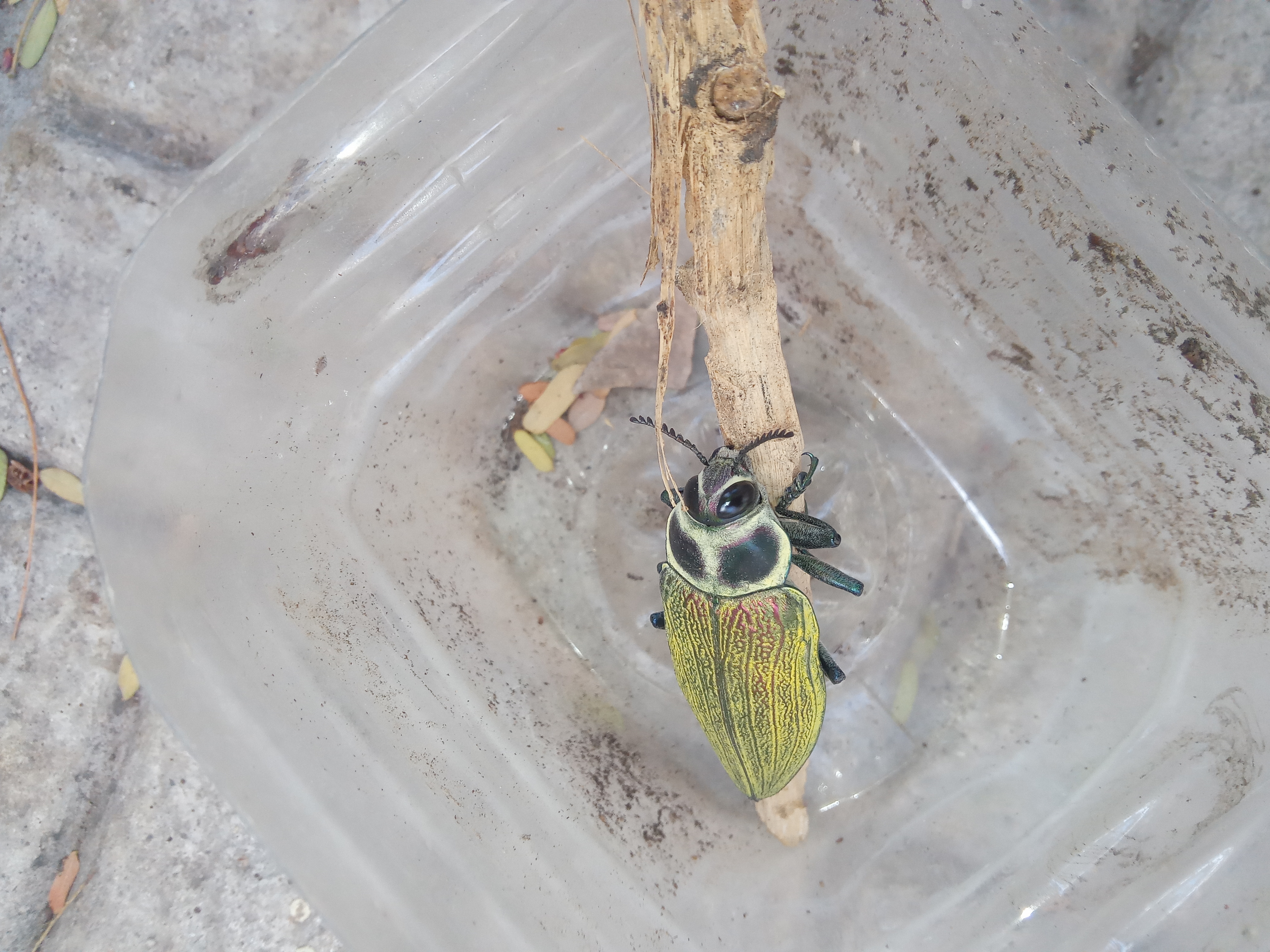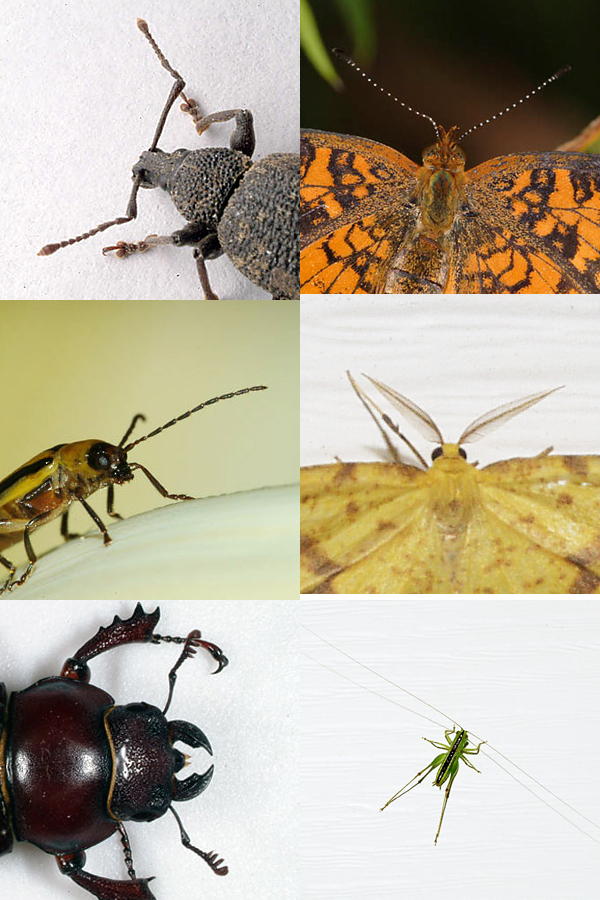|
Euchroma
''Euchroma'' is a genus of beetles in the family Buprestidae Buprestidae is a family of beetles known as jewel beetles or metallic wood-boring beetles because of their glossy iridescent colors. Larvae of this family are known as flatheaded borers. The family is among the largest of the beetles, with some .... This genus has one species: * '' Euchroma gigantea'' (Linnaeus, 1758) See also * EUROCROMA References Monotypic Buprestidae genera {{Buprestidae-stub ... [...More Info...] [...Related Items...] OR: [Wikipedia] [Google] [Baidu] |
Euchroma Gigantea
''Euchroma giganteum'', the Metallic Wood Boring Beetle or Giant Metallic Ceiba Borer, is a species of beetle in the family Buprestidae, the only species in the genus ''Euchroma''. Subspecies *''Euchroma giganteum giganteum'' (Linnaeus, 1758) *''Euchroma giganteum goliath'' ( Laporte & Gory, 1836) *''Euchroma giganteum harperi'' Sharp, 1881 *''Euchroma giganteum incum'' Obenberger, 1928 *''Euchroma giganteum peruanum'' Obenberger, 1928 Moura, R.C., Melo, N.F. and Souza, M.J. (2008) High levels of chromosomal differentiation in Euchroma gigantea L. 1735 (Coleoptera, Buprestidae). Genetics and Molecular Biology, 31(2): 431-437 Description ''Euchroma giganteum'' is one of the largest of the buprestid beetles (hence the Latin name "giganteum" of the species), reaching a length of about . ''Catoxantha'' and ''Megaloxantha'' are among the few other members of the family that reach a comparable size. The body of ''E. giganteum'' is robust and elongated and the elytra have a wrinkl ... [...More Info...] [...Related Items...] OR: [Wikipedia] [Google] [Baidu] |
Buprestidae
Buprestidae is a family of beetles known as jewel beetles or metallic wood-boring beetles because of their glossy iridescent colors. Larvae of this family are known as flatheaded borers. The family is among the largest of the beetles, with some 15,500 species known in 775 genera. In addition, almost 100 fossil species have been described. The larger and more spectacularly colored jewel beetles are highly prized by insect collectors. The elytra of some Buprestidae species have been traditionally used in beetlewing jewellery and decoration in certain countries in Asia, like India, Thailand and Japan. Description and ecology Shape is generally cylindrical or elongate to ovoid, with lengths ranging from , although most species are under . ''Catoxantha'', '' Chrysaspis'', ''Euchroma'' and ''Megaloxantha'' contain the largest species. A variety of bright colors are known, often in complicated patterns. The iridescence common to these beetles is not due to pigments in the exoskeleton, ... [...More Info...] [...Related Items...] OR: [Wikipedia] [Google] [Baidu] |
National Museum (Prague)
The National Museum (NM) (Czech: ''Národní muzeum'') is a Czech museum institution intended to systematically establish, prepare, and publicly exhibit natural scientific and historical collections. It was founded in 1818 by Kašpar Maria Šternberg. Historian František Palacký was also strongly involved in the foundation of the museum. The National Museum houses nearly 14 million items from the areas of natural history, history, arts, music and librarianship, which are located in dozens of museum buildings. The main building of the National Museum has been renovated in 2011–2019, and permanent exhibitions are gradually being opened from Spring 2020. Origins After the French Revolution, royal and private collections of art, science and culture were made available to the public. The beginnings of the museum can be seen as far back as 1796 when the private Society of Patriotic Friends of the Arts was founded by Count Casper Sternberk-Manderschied and a group of other prominen ... [...More Info...] [...Related Items...] OR: [Wikipedia] [Google] [Baidu] |
Animal
Animals are multicellular, eukaryotic organisms in the Kingdom (biology), biological kingdom Animalia. With few exceptions, animals Heterotroph, consume organic material, Cellular respiration#Aerobic respiration, breathe oxygen, are Motility, able to move, can Sexual reproduction, reproduce sexually, and go through an ontogenetic stage in which their body consists of a hollow sphere of Cell (biology), cells, the blastula, during Embryogenesis, embryonic development. Over 1.5 million Extant taxon, living animal species have been Species description, described—of which around 1 million are Insecta, insects—but it has been estimated there are over 7 million animal species in total. Animals range in length from to . They have Ecology, complex interactions with each other and their environments, forming intricate food webs. The scientific study of animals is known as zoology. Most living animal species are in Bilateria, a clade whose members have a Symmetry in biology#Bilate ... [...More Info...] [...Related Items...] OR: [Wikipedia] [Google] [Baidu] |
Arthropod
Arthropods (, (gen. ποδός)) are invertebrate animals with an exoskeleton, a Segmentation (biology), segmented body, and paired jointed appendages. Arthropods form the phylum Arthropoda. They are distinguished by their jointed limbs and Arthropod cuticle, cuticle made of chitin, often Mineralization (biology), mineralised with calcium carbonate. The arthropod body plan consists of segments, each with a pair of appendages. Arthropods are bilaterally symmetrical and their body possesses an exoskeleton, external skeleton. In order to keep growing, they must go through stages of moulting, a process by which they shed their exoskeleton to reveal a new one. Some species have wings. They are an extremely diverse group, with up to 10 million species. The haemocoel, an arthropod's internal cavity, through which its haemolymph – analogue of blood – circulates, accommodates its interior Organ (anatomy), organs; it has an open circulatory system. Like their exteriors, the internal or ... [...More Info...] [...Related Items...] OR: [Wikipedia] [Google] [Baidu] |
Insect
Insects (from Latin ') are pancrustacean hexapod invertebrates of the class Insecta. They are the largest group within the arthropod phylum. Insects have a chitinous exoskeleton, a three-part body ( head, thorax and abdomen), three pairs of jointed legs, compound eyes and one pair of antennae. Their blood is not totally contained in vessels; some circulates in an open cavity known as the haemocoel. Insects are the most diverse group of animals; they include more than a million described species and represent more than half of all known living organisms. The total number of extant species is estimated at between six and ten million; In: potentially over 90% of the animal life forms on Earth are insects. Insects may be found in nearly all environments, although only a small number of species reside in the oceans, which are dominated by another arthropod group, crustaceans, which recent research has indicated insects are nested within. Nearly all insects hatch from eggs. ... [...More Info...] [...Related Items...] OR: [Wikipedia] [Google] [Baidu] |
Beetle
Beetles are insects that form the order Coleoptera (), in the superorder Endopterygota. Their front pair of wings are hardened into wing-cases, elytra, distinguishing them from most other insects. The Coleoptera, with about 400,000 described species, is the largest of all orders, constituting almost 40% of described insects and 25% of all known animal life-forms; new species are discovered frequently, with estimates suggesting that there are between 0.9 and 2.1 million total species. Found in almost every habitat except the sea and the polar regions, they interact with their ecosystems in several ways: beetles often feed on plants and fungi, break down animal and plant debris, and eat other invertebrates. Some species are serious agricultural pests, such as the Colorado potato beetle, while others such as Coccinellidae (ladybirds or ladybugs) eat aphids, scale insects, thrips, and other plant-sucking insects that damage crops. Beetles typically have a particularly hard e ... [...More Info...] [...Related Items...] OR: [Wikipedia] [Google] [Baidu] |
Polyphaga
Polyphaga is the largest and most diverse suborder of beetles. It comprises 144 families in 16 superfamilies, and displays an enormous variety of specialization and adaptation, with over 350,000 described species, or approximately 90% of the beetle species so far discovered. Key characteristics of Polyphaga are that the hind coxa (base of the leg) does not divide the first and second abdominal/ventral plates which are known as sternites. Also, the notopleural suture (found under the pronotal shield) is not present. Etymology The name of ''polyphaga'' is derived from two Greek words: , meaning 'many', and , meaning 'to eat', so the suborder is called the “eaters of many things”. Classification The five main infraorders are: * Bostrichiformia — including furniture beetles and skin beetles * Cucujiformia — includes lady beetles, longhorn beetles, weevils, checkered beetles and leaf beetles * Elateriformia — includes click beetles and fireflies * Scarabaeiformia — ... [...More Info...] [...Related Items...] OR: [Wikipedia] [Google] [Baidu] |
Buprestoidea
Buprestoidea is a superfamily of beetle Beetles are insects that form the order Coleoptera (), in the superorder Endopterygota. Their front pair of wings are hardened into wing-cases, elytra, distinguishing them from most other insects. The Coleoptera, with about 400,000 describ ...s. It contains two families: * Buprestidae Leach 1815, the jewel beetles or metallic wood-boring beetles. * Schizopodidae LeConte 1861 References External links * * Beetle superfamilies {{Buprestoidea-stub ... [...More Info...] [...Related Items...] OR: [Wikipedia] [Google] [Baidu] |
Pierre François Marie Auguste Dejean
Pierre François Marie Auguste Dejean (10 August 1780 – 17 March 1845), was a French soldier and entomologist. Dejean described a large number of beetles in a series of catalogues. A soldier of fortune during the Napoleonic Wars, he rose to the rank of lieutenant general and ''aide de campe'' to Napoleon. He amassed vast collections of Coleoptera, some even collected on the battlefield at Waterloo. At the battle of Alcanizas he took time out of battle to pick up a beetle that he pinned on to cork on the inside of his helmet. After victory, he was pleased to find the beetle intact. He listed 22,399 species in his cabinets in 1837—at the time, the greatest collection of Coleoptera in the world. In 1802, he began publishing a catalogue of his vast collection, including 22,000 species names. Dejean was an opponent of the Principle of Priority in nomenclature. "''I have made it a rule always to preserve the name most generally used , and not the oldest one; because it seems t ... [...More Info...] [...Related Items...] OR: [Wikipedia] [Google] [Baidu] |
Beetle
Beetles are insects that form the order Coleoptera (), in the superorder Endopterygota. Their front pair of wings are hardened into wing-cases, elytra, distinguishing them from most other insects. The Coleoptera, with about 400,000 described species, is the largest of all orders, constituting almost 40% of described insects and 25% of all known animal life-forms; new species are discovered frequently, with estimates suggesting that there are between 0.9 and 2.1 million total species. Found in almost every habitat except the sea and the polar regions, they interact with their ecosystems in several ways: beetles often feed on plants and fungi, break down animal and plant debris, and eat other invertebrates. Some species are serious agricultural pests, such as the Colorado potato beetle, while others such as Coccinellidae (ladybirds or ladybugs) eat aphids, scale insects, thrips, and other plant-sucking insects that damage crops. Beetles typically have a particularly hard e ... [...More Info...] [...Related Items...] OR: [Wikipedia] [Google] [Baidu] |
European Cross Media Academy
The European Cross Media Academy, or EUCROMA, is a European advanced level training program in cross-media production based in Copenhagen, Denmark. It is open to students from European educational institutions with experience in games and animation courses, bringing them together in professionally configured games and animation teams. EUCROMA was established at the initiative of the European Union's MEDIA Programme, which supports it financially, and is modelled over the Danish DADIU which has existed since 2005. Partnership The education is a result of collaboration between a number of European institutions: The Danish DADIU, the National Film School of Denmark, the University of Abertay Dundee, Cologne Game Lab, The Animation Workshop, the University of Malta and the Moholy-Nagy University of Art and Design The Moholy-Nagy University of Art and Design (in Hungarian: Moholy-Nagy Művészeti Egyetem, MOME), former Hungarian University of Arts and Design, is located in Budapes ... [...More Info...] [...Related Items...] OR: [Wikipedia] [Google] [Baidu] |






